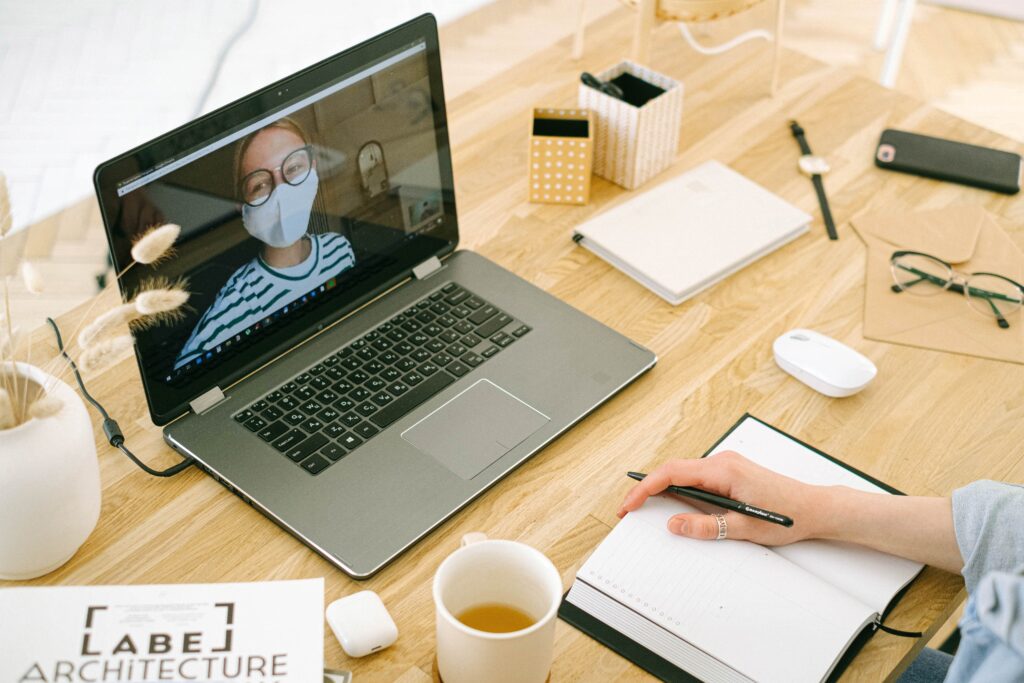How to create a project brief
22 Apr 2024
Published on:
25 June 2020
Updated on:
15 December 2023
Read time:
4 minutes
Two schools of thought are emerging as we consider the office and the way we work, post lockdown.
There are those who think there will be a requirement for larger commercial spaces to accommodate social distancing, while others believe that there will be a shift towards a decrease in office space needs, having bought into the theory that remote working will take precedence.
Guidelines around social distancing, employee peace of mind and the overall need to reconfigure shared inside spaces are leading some businesses to anticipate that they will need more floor space, going forward, in order to accommodate staff safely and comfortably.
Government and global directives have to be followed, in the first instance, to ensure that the space is right in size and shape for the workers it will be hosting.
As we move towards medium to long-term solutions, we then have to ask ourselves how much space is actually required before we turn to the inevitable question of what is the best use of that space.
Some businesses will have a workforce that needs to be in an office environment to fulfil its work requirement and, in order to bring all employees back and to fully function, more space will be a necessity.
Commercial property consultants, DeVono Cresa, in its quarterly London commercial real estate market update, predicts that firms who had been looking for spaces in excess of 100,000 sq ft prior to March will need to progress plans. This is an area of the London market that was particularly tight and so pre-letting may well be the only option.
However, there are many companies that have discovered that staff can work just as well from home and they may well choose to take a more cost-effective approach when working out their real estate spend.
Our experiences of working from home would indicate that, moving forward, more of us would welcome a blended approach to our working style, using home for some tasks and the office for more social and collaborative activities.
What has been surprising is that although working from home was thrust upon us, and with many of us having young children to manage in the same environment, along with other distractions, the impact on productivity has proven to be minimal.
If working from home became a regular and planned activity, factored into working life long-term, and with technology likely stepped up a gear to accommodate remote working, productivity could logically be expected to hit even greater levels, benefitting most businesses and saving on commercial space costs.

At Office Principles, we are predicting that there will be a blended approach to where and how we work going forward. Those who can will continue to work from home in the medium term, moving on to dividing their time between home and office long-term as the threat of Covid-19 recedes.
It is when we enter this long-term stage, at least six months down the line in 2021, that individual companies will be able to get the most accurate reading of their space requirement. A pattern of the uptake for time spent in the office will have been established and a firm assessment of what square footage is actually required and how it can be best used can then be made.
We are currently working with businesses, as we prepare to enter our medium term-stage and a phased return to the workplace, to help identify which individuals and teams are most productive in the office and to survey staff to determine how they believe their needs will be best addressed.
For advice on mapping out a blended return to the workplace, so you can plan your real estate model moving forward, give us a call.